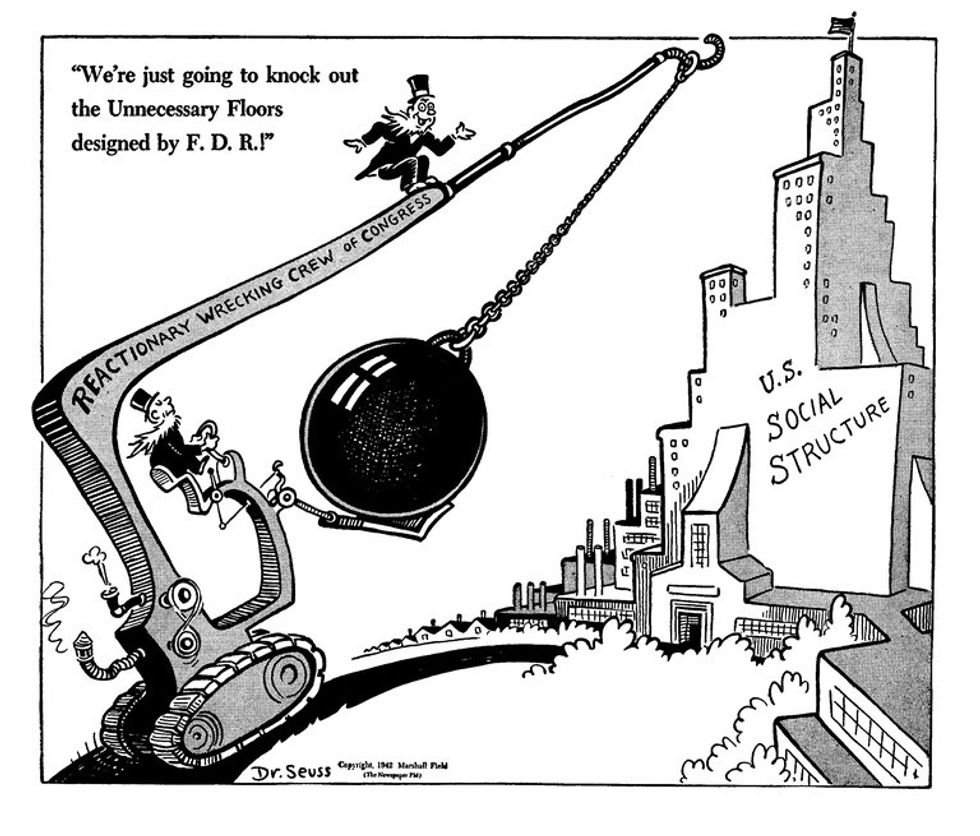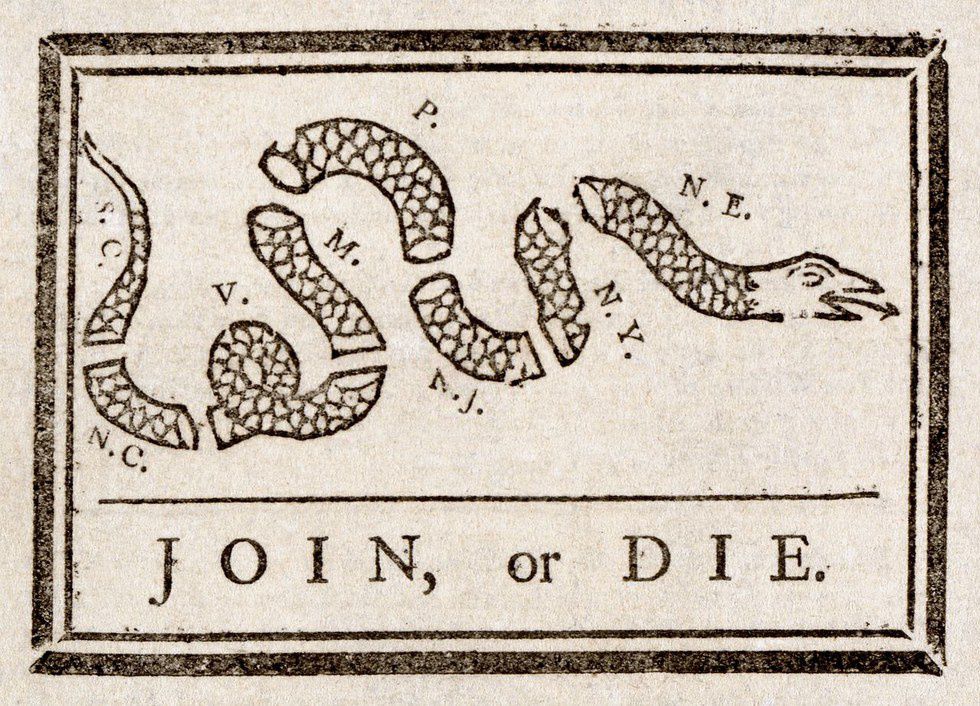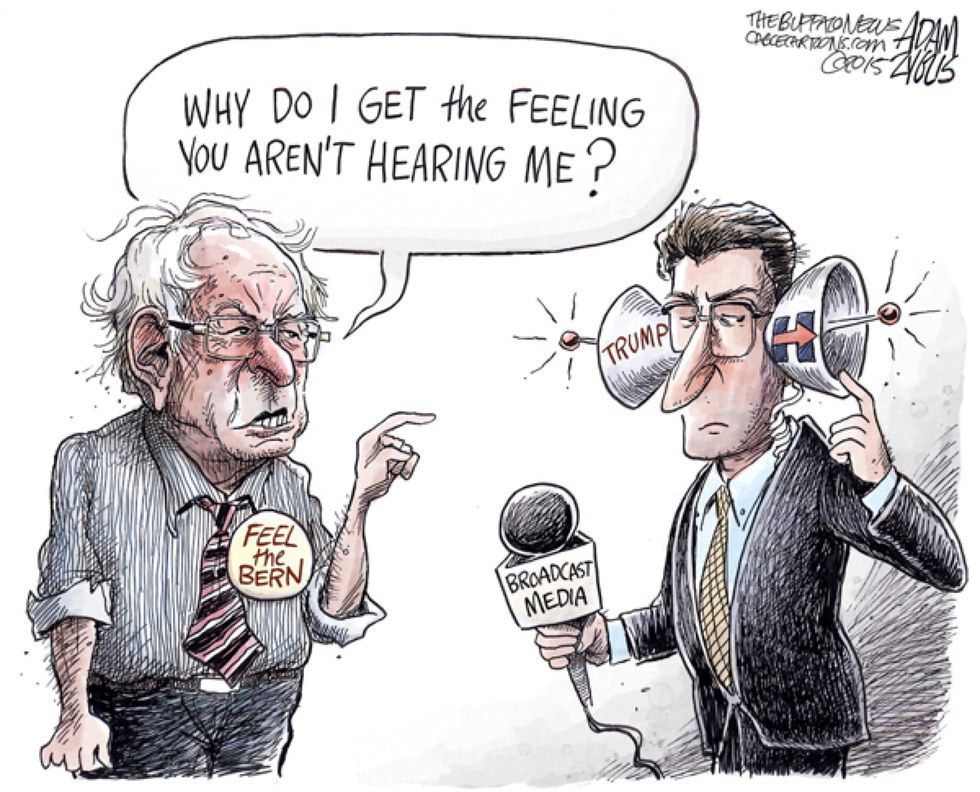Throughout history, humans have always used visual media as a fundamental way to communicate with each other. From cave drawings to the printing press, the visual dissemination of information has played a vital role in the advancement of human civilization. People have turned to things like newspapers, magazines, print ads and works of art to make powerful statements about the world they live in and share those ideas with as many people as possible.
The goal of of visual media should be to make its message as accessible and as palatable as possible to its audience. One medium that has always excelled at this is the political cartoon. The concept of a political cartoon dates back to the Renaissance when contemporaries of Leonardo Da Vinci would satirize his work in rebellion of his ideological proportions of human anatomy. since then, all sorts of artists have turned to the political cartoon as a way to voice their opinions, even Dr. Seuss. However, the first American political cartoon did not come about until Benjamin Franklin’s famous “Join or Die” political cartoon which depicts a snake whose severed body represents the original 13 colonies.
Since Ben Franklin, countless numbers of political cartoons have been made to serve as mirrors to humanity and reflect its concerns and ideals to whoever will view them. At their best, they simultaneously remove us from reality with their cartoonish grandeur and force us to reflect on their real world subject matter. They quickly and effectively convey an idea or make a statement that a wide range of people can immediately receive. Like any form of art, its core template has been shifted and distorted into many new forms of visual art that combine text and illustrations to convey meaning. one of its descendants the become a particularly pervasive art form online. I’m talking about none other than the distant relative of the ancient political cartoon. I’m talking about the meme.
Yes, memes, historically haven’t been something to take seriously but, due to the compounding factors of millennials coming of voting age during an incredibly outlandish election cycle and the general miasma of political and social unrest, the status of memes has been elevated from online entertainment to valuable social commentary.
In the wake of last week’s news that the U.K. had voted to leave the E.U., many of my friends admitted to me that they really only began to understand what it meant after seeing memes about Brexit. My immediate reaction was that real journalism was dead and, people my age should do a better job at trying to understand what’s going on around them. But, my outrage was replaced with restrained gratitude at the fact that they had even a surface level understanding of this historic event. I realized that, although satirizing a country’s economic downfall for internet attention was not the most compassionate way to share news, it was still an effective way to do it. My friends seemed to at least understand the basic points of Brexit as articulated through pictures of the crying Jordan meme photo shopped over the British pound.
Of course, political cartoons are an established medium of social and political commentary, and aren’t going anywhere as long as people still read news papers (5 years max), therefore memes and political cartoons must coexist peacefully on the Facebook timelines of your imposing relatives. Still, the best memes can possess a cultural gravity and multidimensionality that makes them more relatable and therefore more appealing to its audience.
























